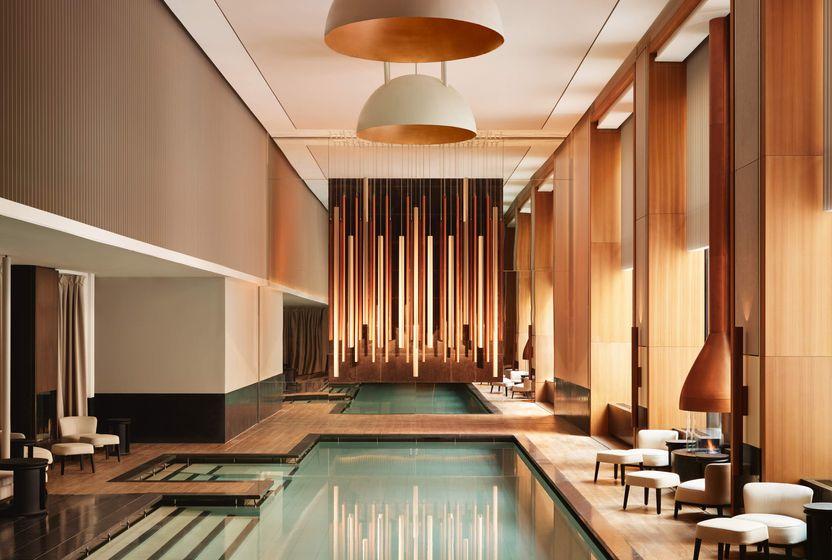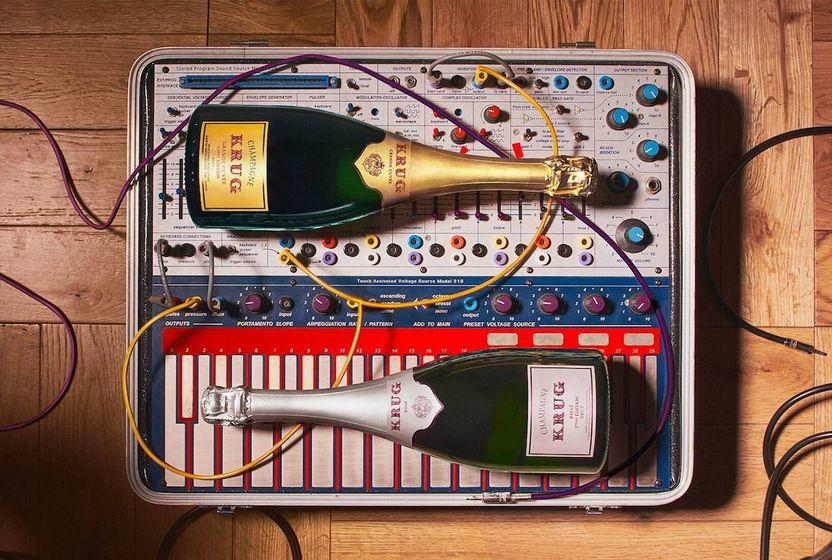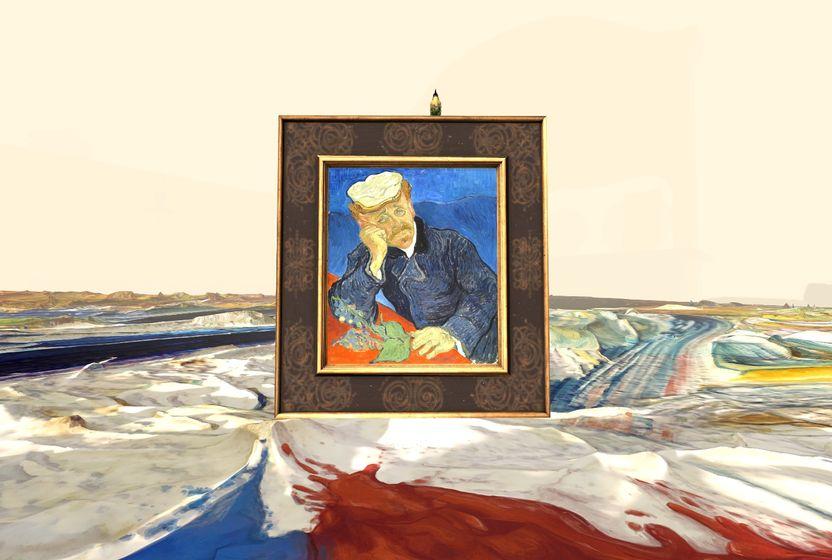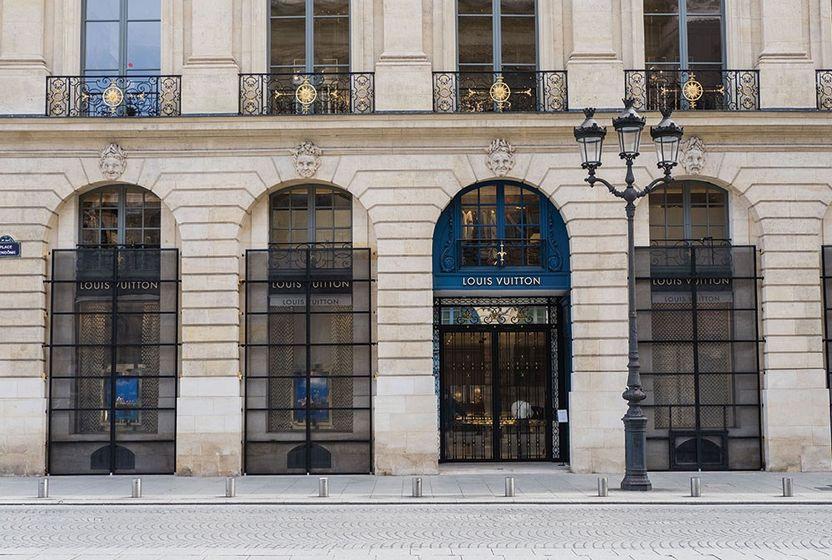Berrak zihinler için yalın, zengin, bağımsız bir Türkçe dijital medya üyeliği.
Ücretsiz Kaydol →
Rana Mengü
Editor @ Aposto
Lüksün tarihe saygısı: Raffles Londra
Londra’da Dior tasarımlı bir pavyon ve dahası.
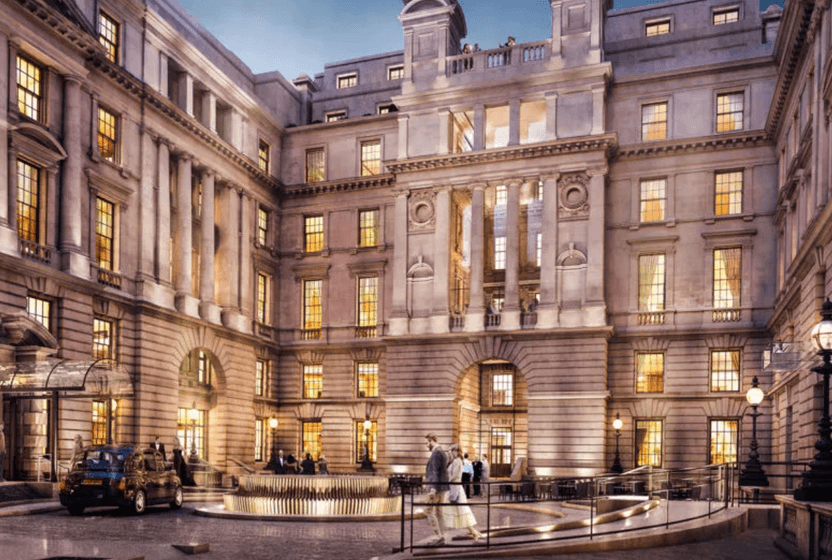
Havaalanında güvenlik kontrolü sırası rezerve edilebilecek
Havaalanında beklemeye son veriliyor.
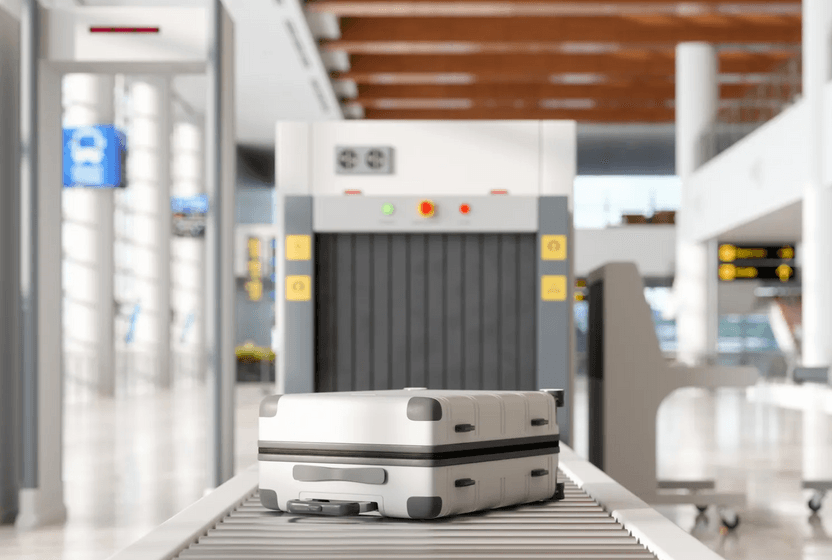
20 yıl sonra tekrar bir arada: Yamamoto ve Vadukul
Moda ve fotoğraf simdi de New York ve Paris’te ziyaretçileriyle buluşuyor.
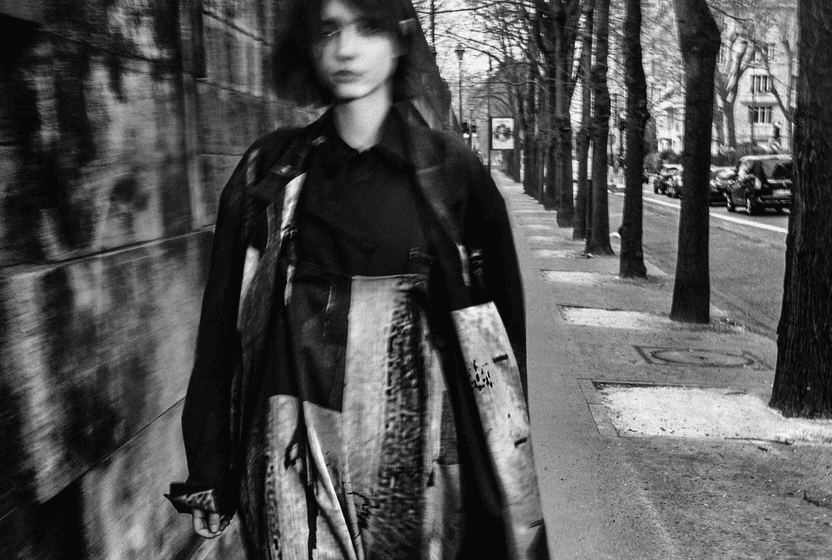
Müze mimarlara karşı
Müze, pavyonun açılmadan önce masraflı onarımlar gerektirdiğini iddia ediyor.
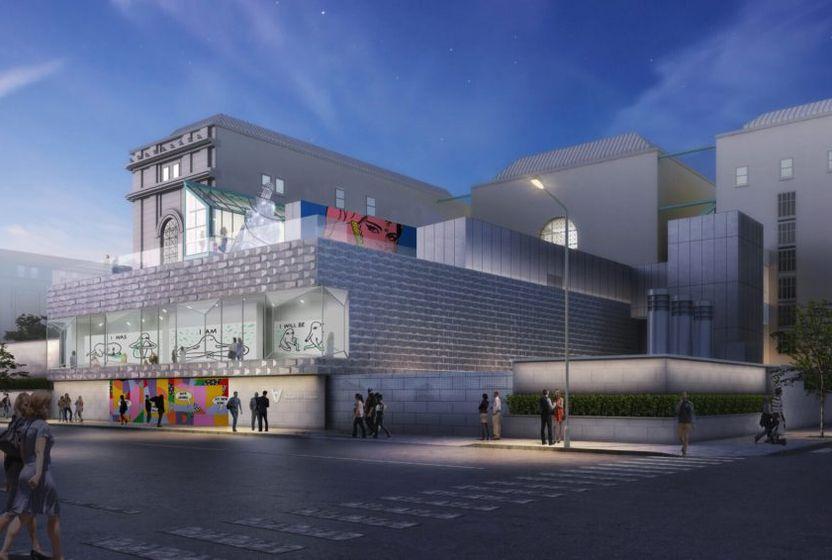
Avrupa'nın en küçük şapeli, büyük bir aşkın kanıtı
Costello Anıt Şapeli ve kısa hikâyesi.
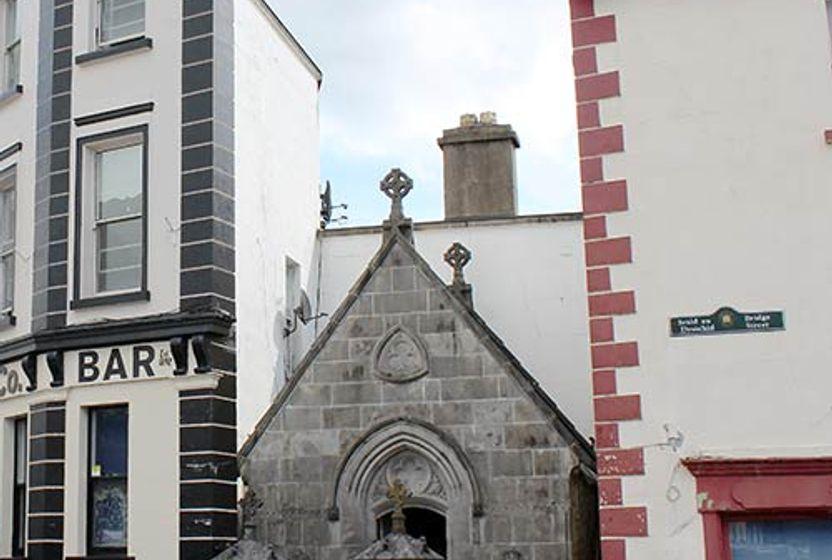
Depremden sonra Fas turizmini toparlayabilir mi?
Yıkıma karşı yeniden kurulanlar ve dahası.
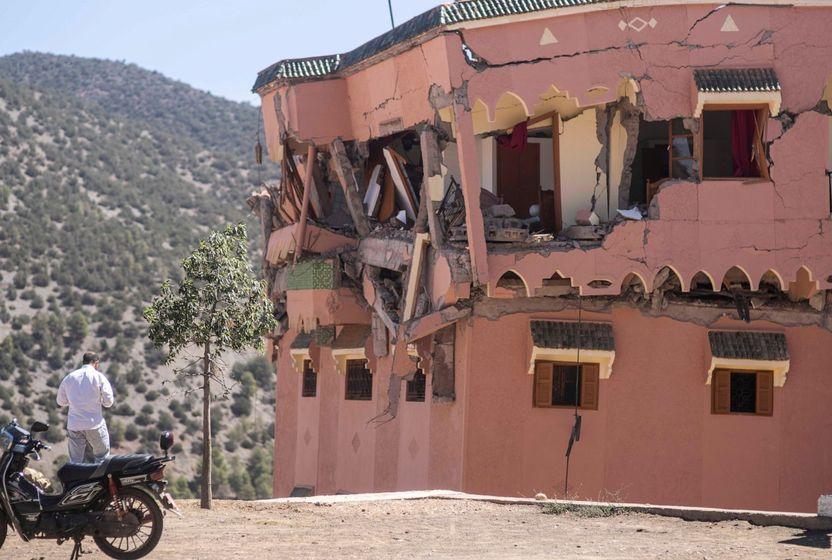
Sharapova Aman New York’ta
Bir tenisçi, bir otel ve herkesi buluşturan bir inziva.
